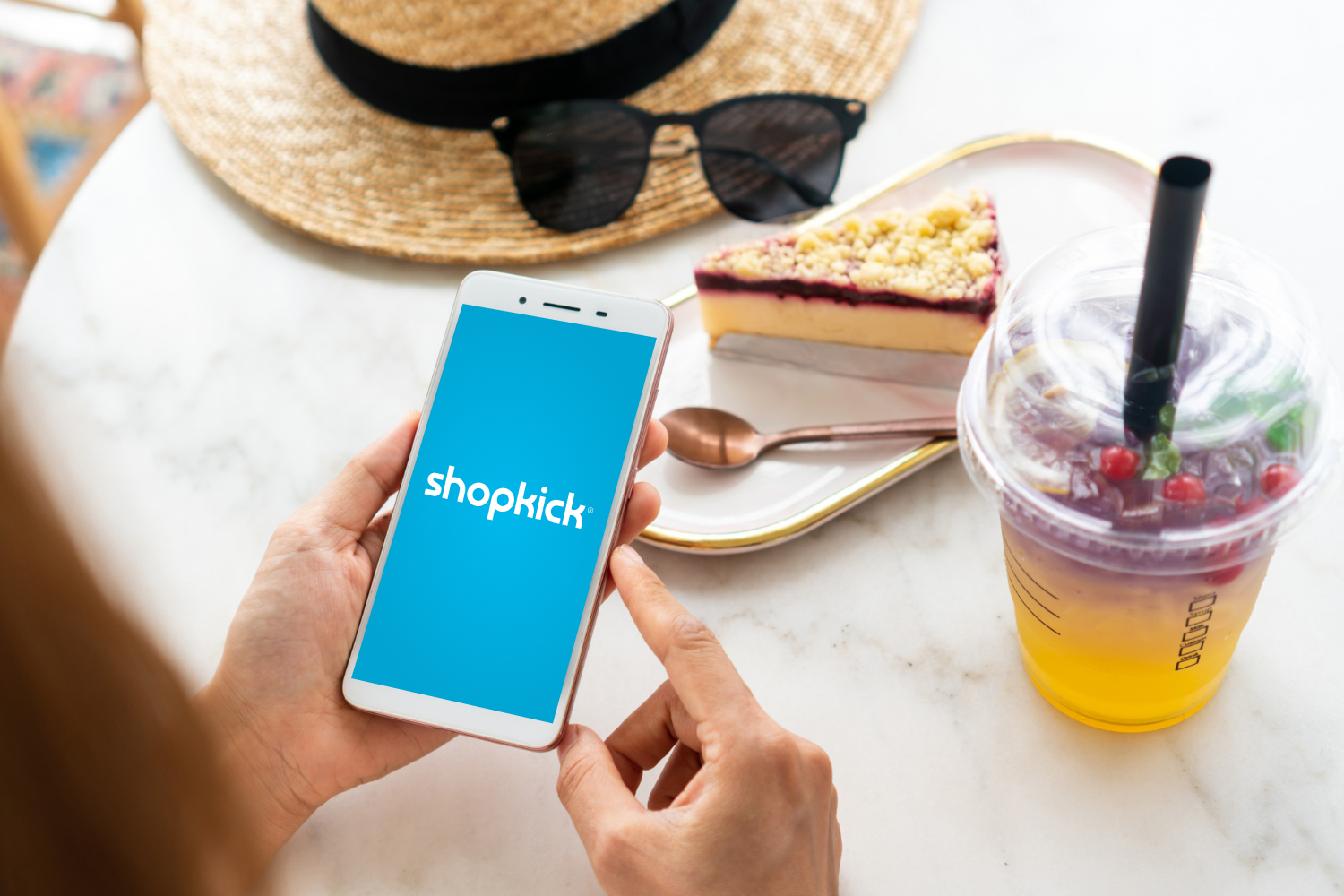CPG marketing is in the midst of a paradigm shift. In the past, many CPG brands focused on partnering with retailers to gain market share, rather than reaching out to consumers directly. However, as web and mobile-based options like online ordering have increased, so has a divide between CPG brands and retailers that many did not believe would ever exist.
CPG brands must be prepared to reach out to consumers more directly than they have in the past, and they must be willing to do so in new markets. The top three trends in CPG marketing reveal that consumers are becoming increasingly savvy and demanding a higher level of attention from brands.
 Today’s CPG industry trends are less about the products themselves, and more about the end user experience. And many revolve around digital marketing. You must take a consumer-focused approach and shift your marketing perspective from selling your product to a faceless audience to reaching out to your consumers on a more personal level. The top three new trends of CPG brand marketing all have a common theme: engage, engage, engage.
Today’s CPG industry trends are less about the products themselves, and more about the end user experience. And many revolve around digital marketing. You must take a consumer-focused approach and shift your marketing perspective from selling your product to a faceless audience to reaching out to your consumers on a more personal level. The top three new trends of CPG brand marketing all have a common theme: engage, engage, engage.
CPG Marketing Trend #1: Pre-Enter Emerging Markets
You must stay ahead of your product. That means that when preparing to roll out your brand in a new market like India, China, or other high-growth regions, you need to start advertising it before you release your product line on retail shelves.
CPG mega-brand Procter & Gamble is one such company that’s putting a heavy focus on this strategy. When the brand wanted to gain attention for its products in China, they partnered with producers of several popular reality shows in the region. Their products were shown being used by reality stars before those products even hit store shelves. This approach helped China become the fifth most valuable country for the company, as consumers were excited for the products before their launch and purchased them the first chance they got upon their official introduction to the market.
When preparing to roll out your brand in a new market like India, China, or other high-growth regions, start advertising it before you release your product line on retail shelves.
By previewing their products on popular shows, P&G was able to enter a market already eager to sample their products. When they launched their line, consumers were excitedly waiting to buy. Other brands can follow their lead by beginning their advertising efforts for new products or markets well before launch dates to increase the attention they’ll get when finally released.
CPG Marketing Trend #2: User Generated Content
Approximately 84% of millennials admit that they don’t trust advertising claims. What they do trust are the reviews of other users; 70% of consumers will consider a recommendation from another user over direct advertising from brands. This is why user-generated content, even when anonymous, is so valuable.
Here are a few examples of effective user-generated content:
- Pictures featuring a product: An example of this would be someone showing off unique nail art on Instagram, and then sharing the specific brand of nail polish they used.
- Recommendations on forums: This type of recommendation would happen, for example, on a new mother’s forum when a user recommends a specific brand of ointment for helping relieve diaper rash naturally and effectively.
- Outright product reviews: When a consumer chooses to leave a product review on Amazon or other retailer’s website.
- Hashtags featuring brand names: When a user gives a positive review or shout-out on social media by including a brand’s hashtag to help garner them attention.
As you can see, user-generated content doesn’t have to be on a large scale. The key is to encourage these user interactions. Host contests that require the use of your products, repost positive reviews from consumers, and, above all, thank consumers for their participation. Any opportunity to help consumers find and use your product is one that should not be missed by CPG brands in the era of digital marketing.
CPG Marketing Trend #3: Mobile-Assisted Shopping
The internet has changed the way that consumers shop—even when they’re shopping in a brick and mortar location. These days, consumers want to be able to do everything with their smartphones, from writing a grocery list to collecting coupons to earning rewards points. Several advances in technology have driven this trend, including:
- In-store beacons: Beacons can send messages to mobile devices with a compatible app to notify consumers of products, deals, and special events in the store. These beacons essentially act as GPS devices, helping consumers navigate their way through the sea of products from aisle to aisle.
- Digital rewards programs: Instead of saving up points via punch cards or mail-in offers, consumers are now demanding the ability to track their rewards points and loyalty program information via their phone number or email addresses. This convenience has sharply increased the number of users who participate in these programs.
- Search engines: Consumers only used to research high-expense items before a purchase. Now, 70% of consumers report researching even low-cost grocery products via mobile devices while in-store. Mobile search engines allow these consumers to get an at-a-glance opinion of your product while they’re on-the-go.
- Shopping apps: Shopping apps combine these technologies. They can be used in-store, provide rewards points that consumers can save and access on their smartphone, and even allow shoppers to share their opinion of a product with other users of the app.
Consumers are becoming savvier about where they spend their money, both online and in-store. As such, your brand needs to focus on creating a deeper connection with its target market. Technology can help you reach out to them while they’re attentively browsing the aisles. Mobile is poised to become one of the most significant purchase drivers for the CPG industry, which is why it should be a major focus of your future marketing efforts.
Mobile is poised to become one of the most significant purchase drivers for
the CPG industry
A third-party shopping app is often a cost-effective solution for leveraging mobile while minimizing the impact on your marketing budget. These apps allow you to reach new audiences and encourage them to engage with your brand. If you’re looking for a way to incorporate the top CPG trends into your marketing mix, partnering with a third-party shopping app can be the ideal solution.
Shopkick’s proprietary shopping app can help you connect with your target market in the store and out. For information on becoming one of our partners, contact our team today.
Image courtesy YakobchukOlena



